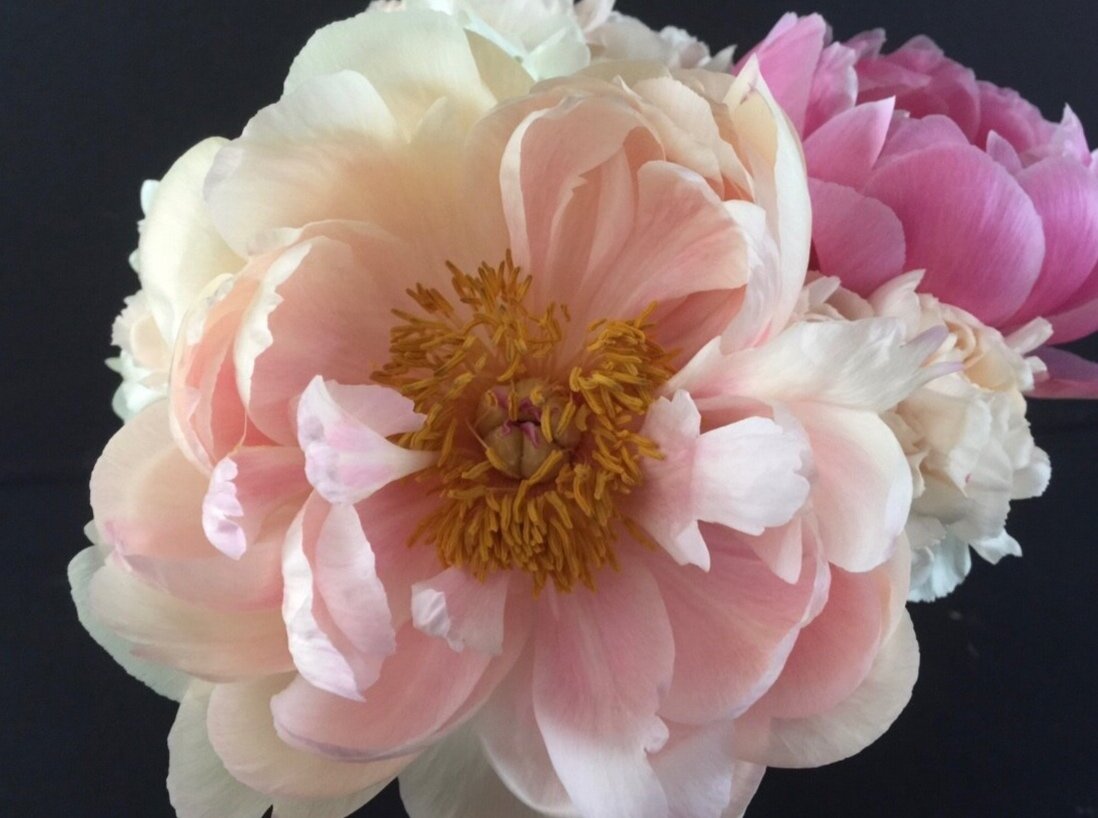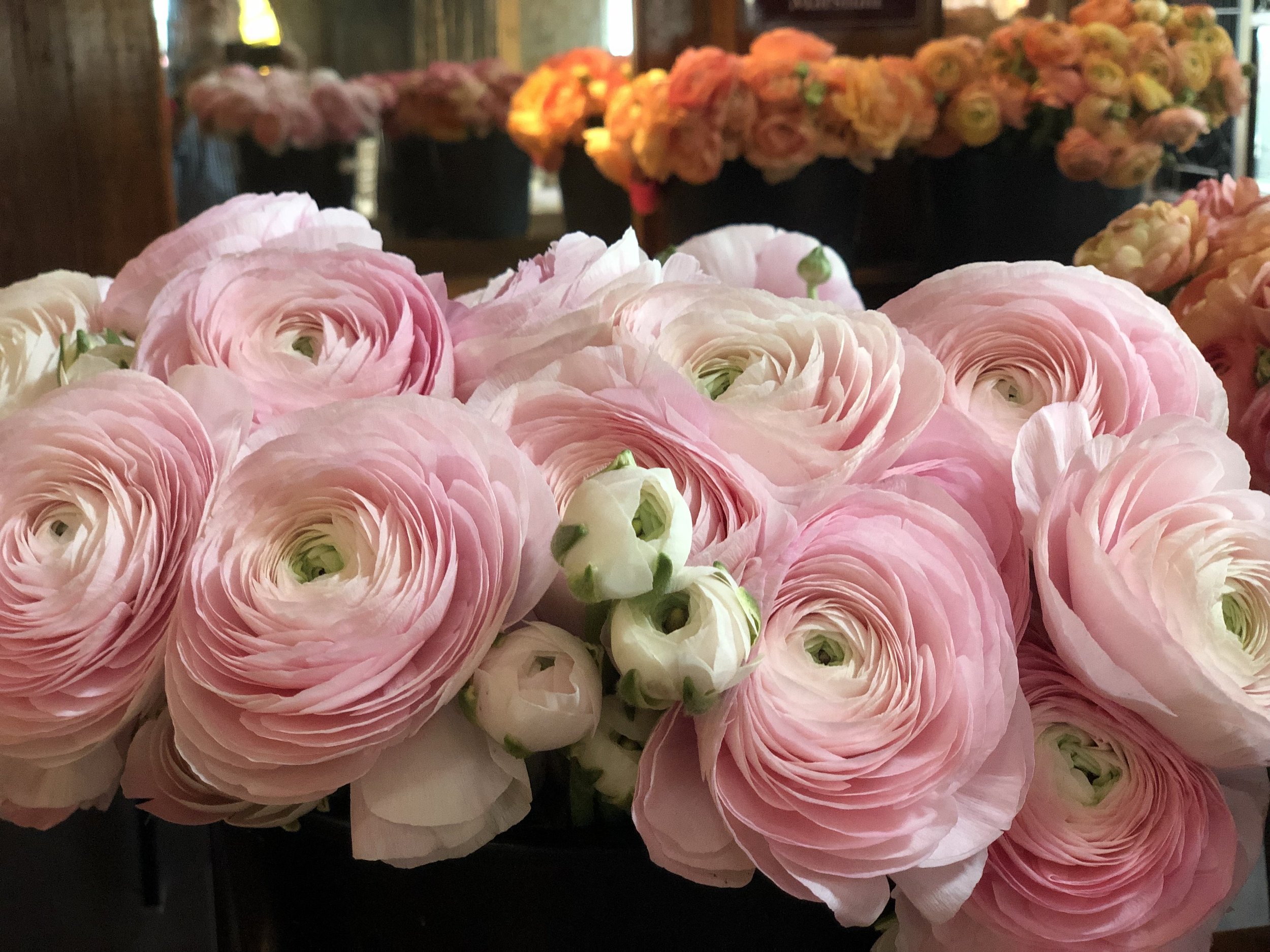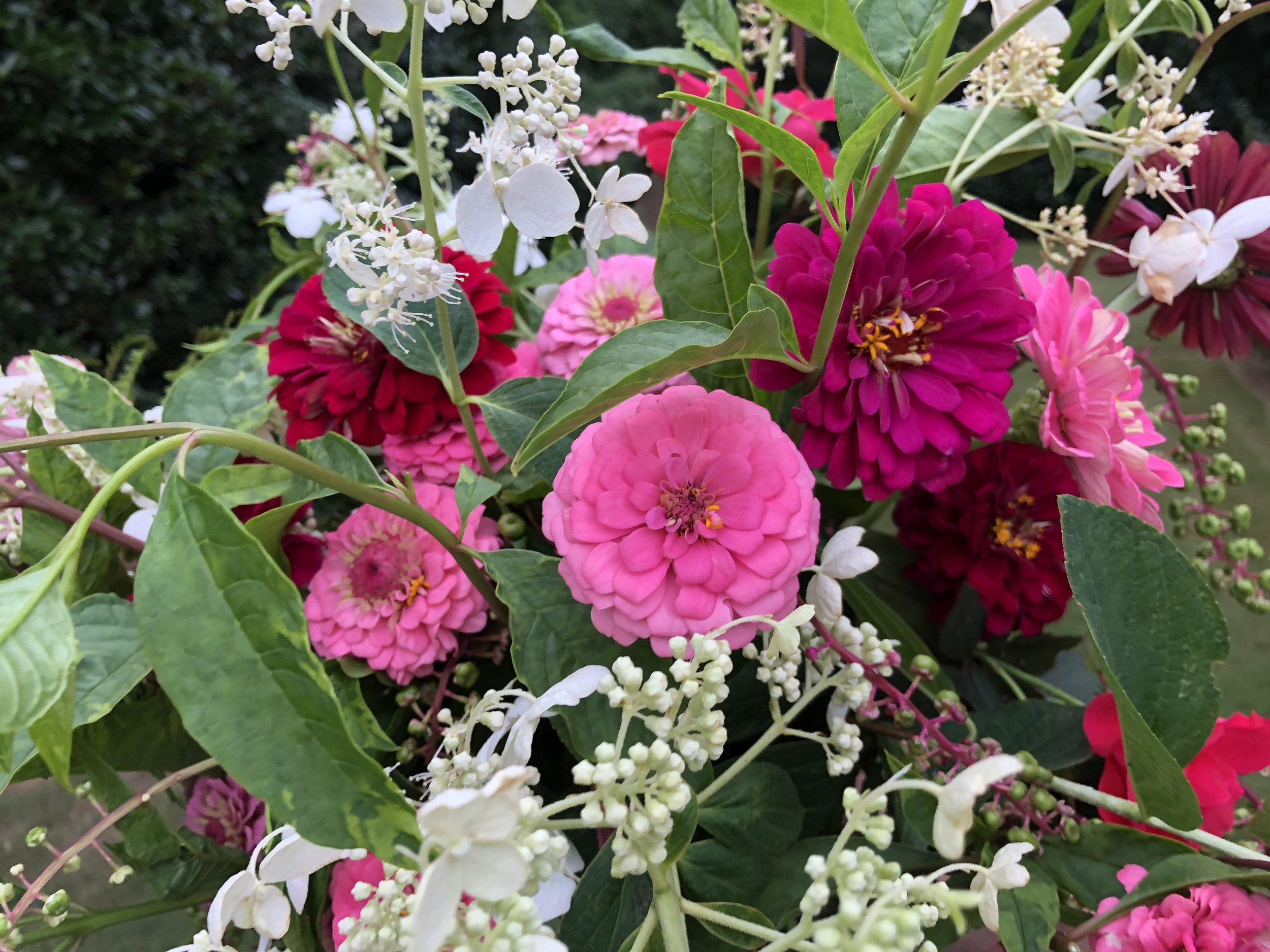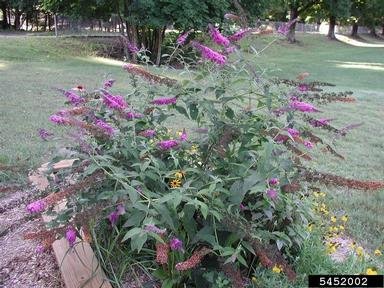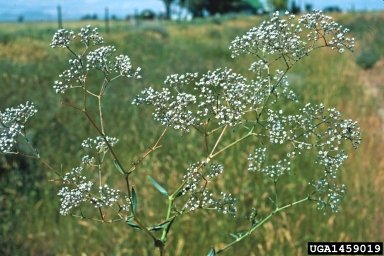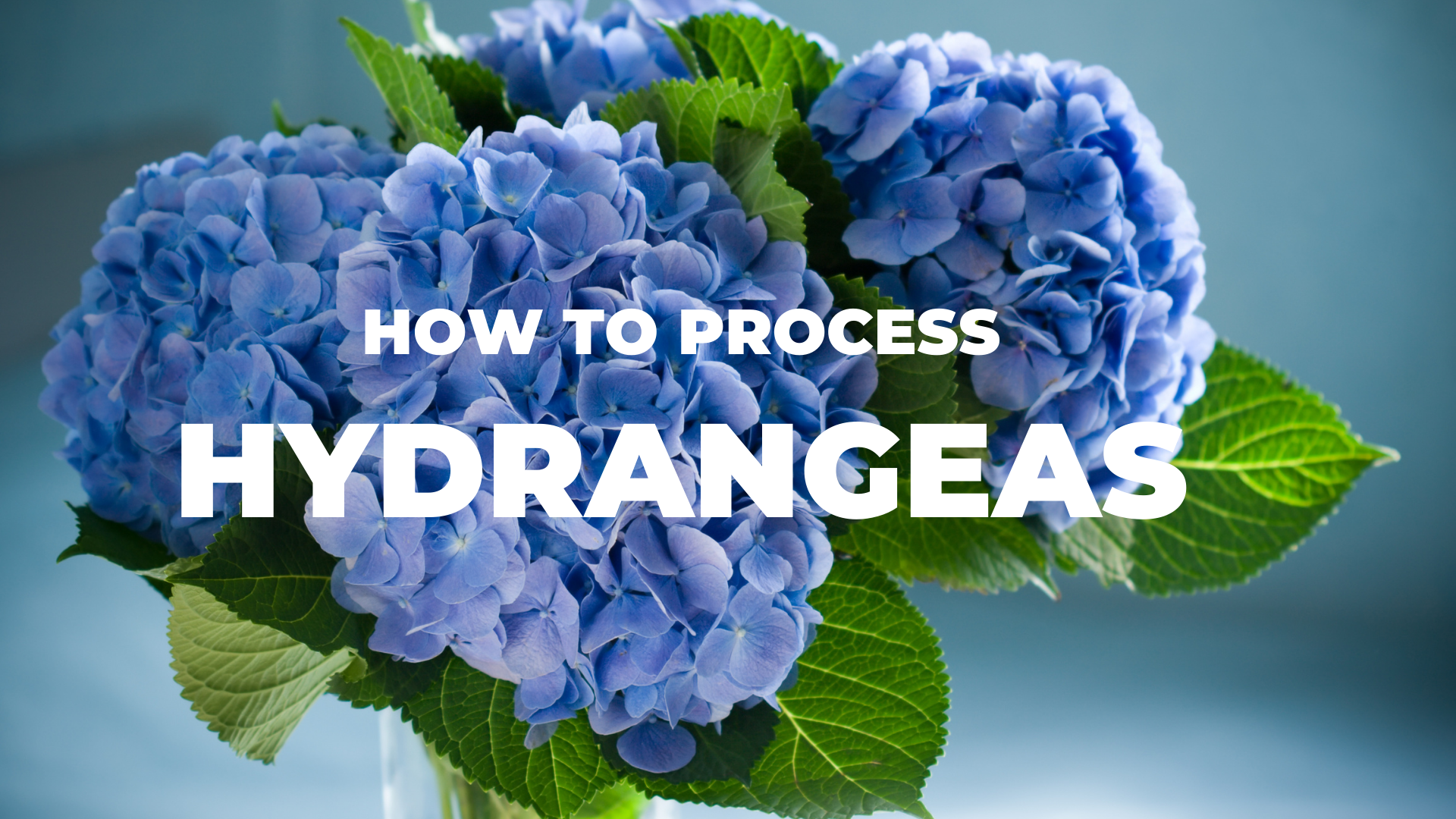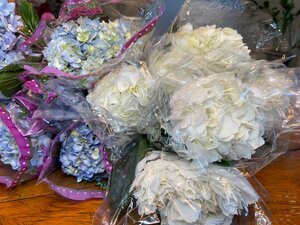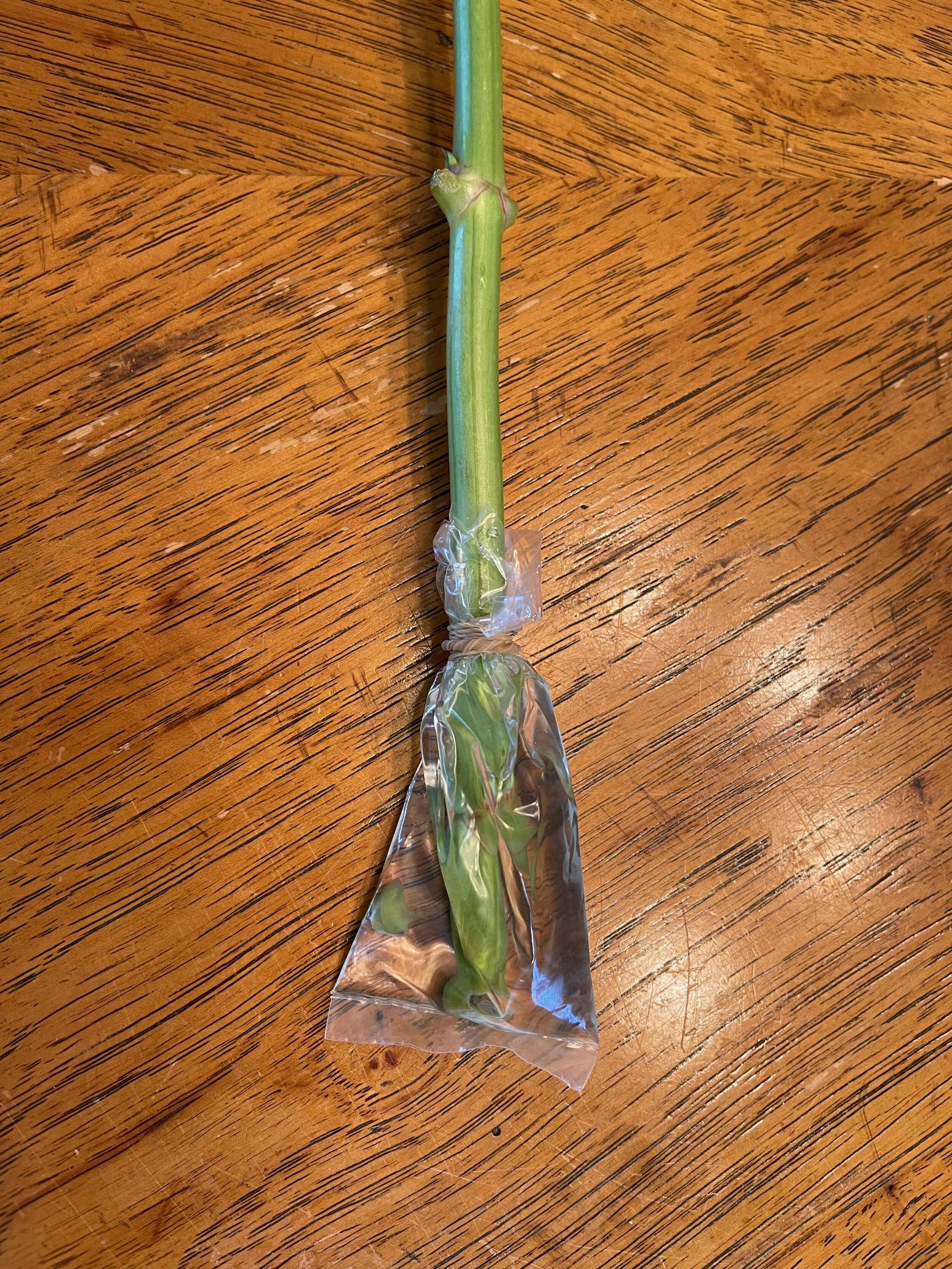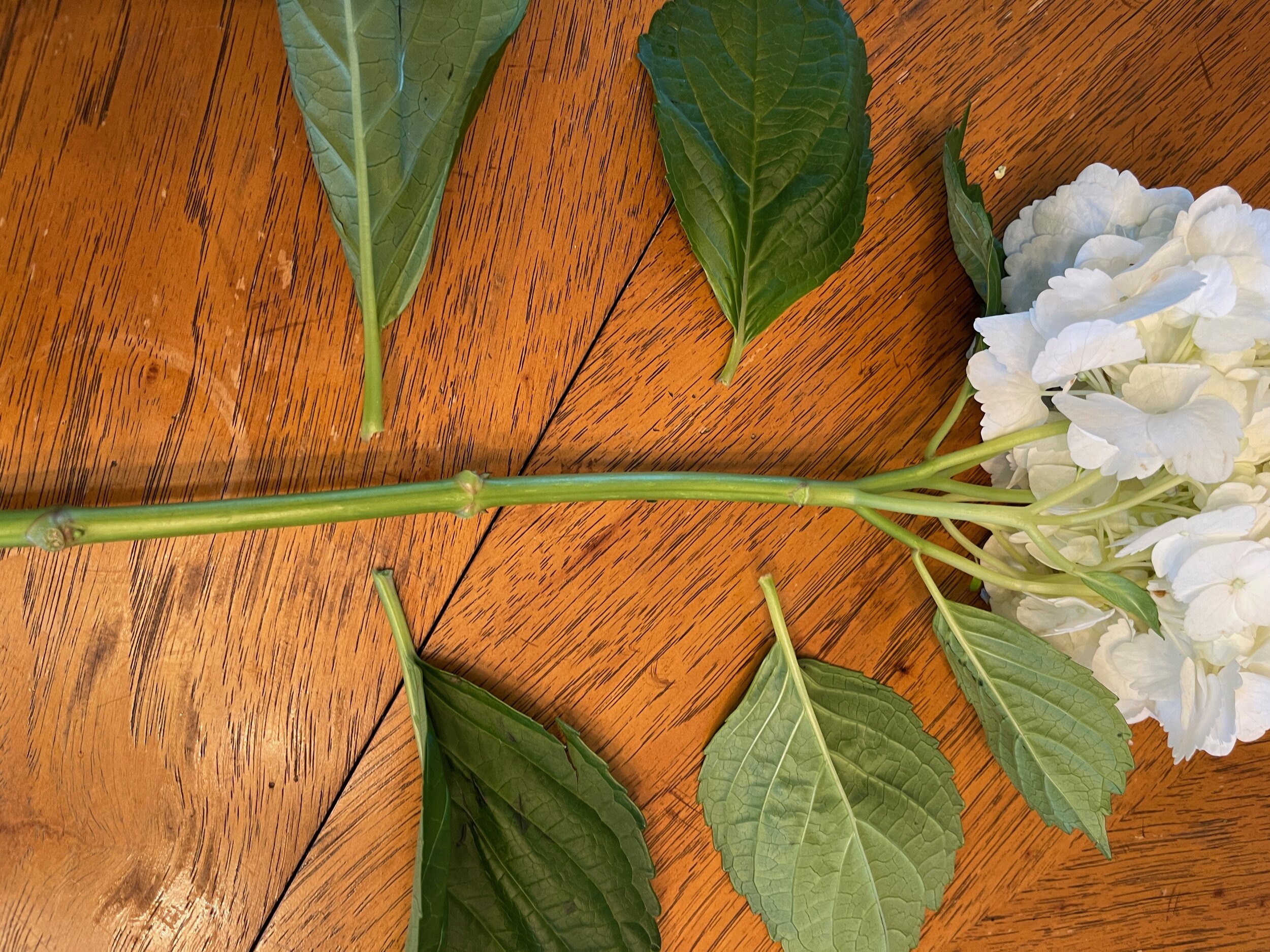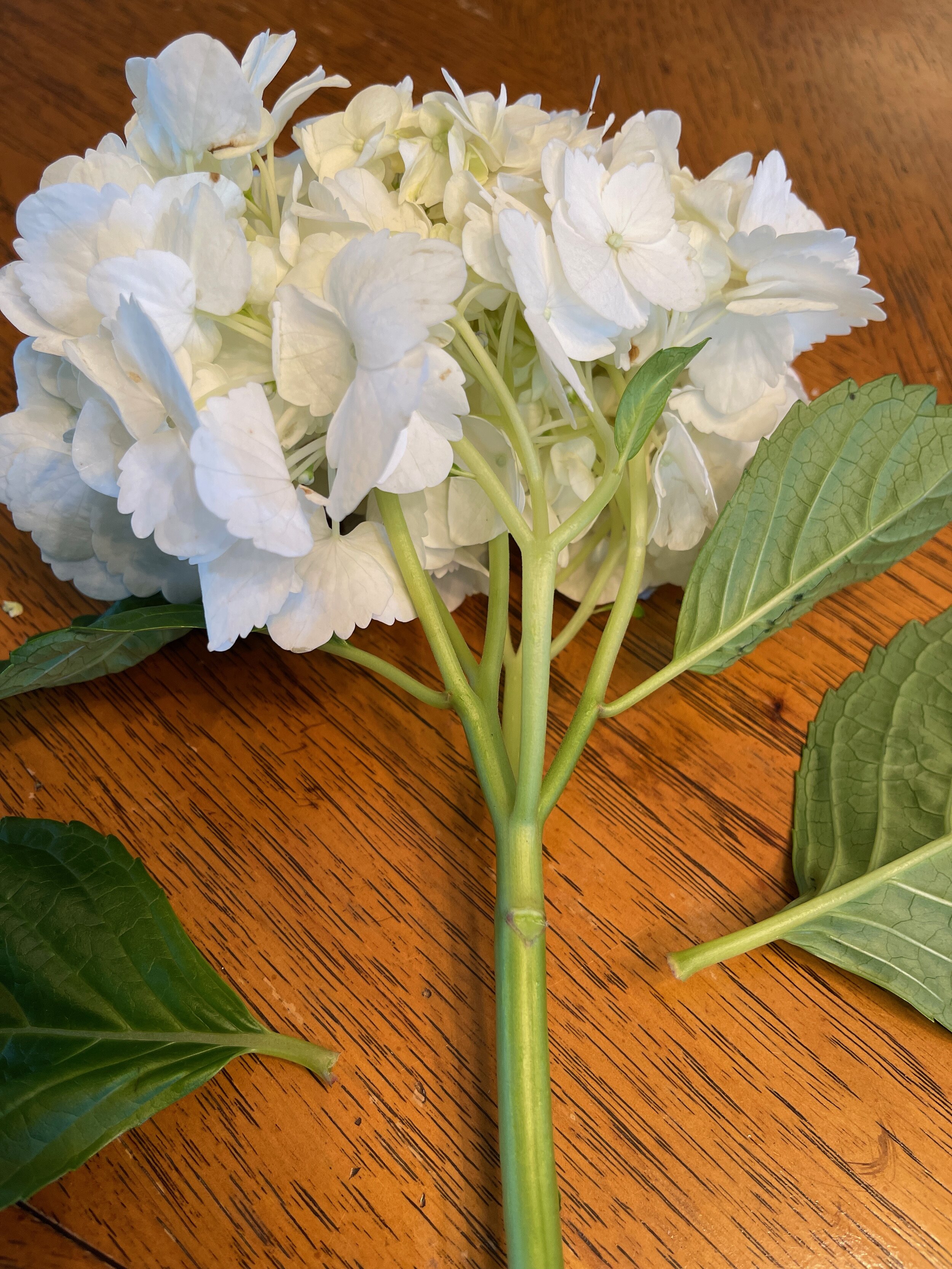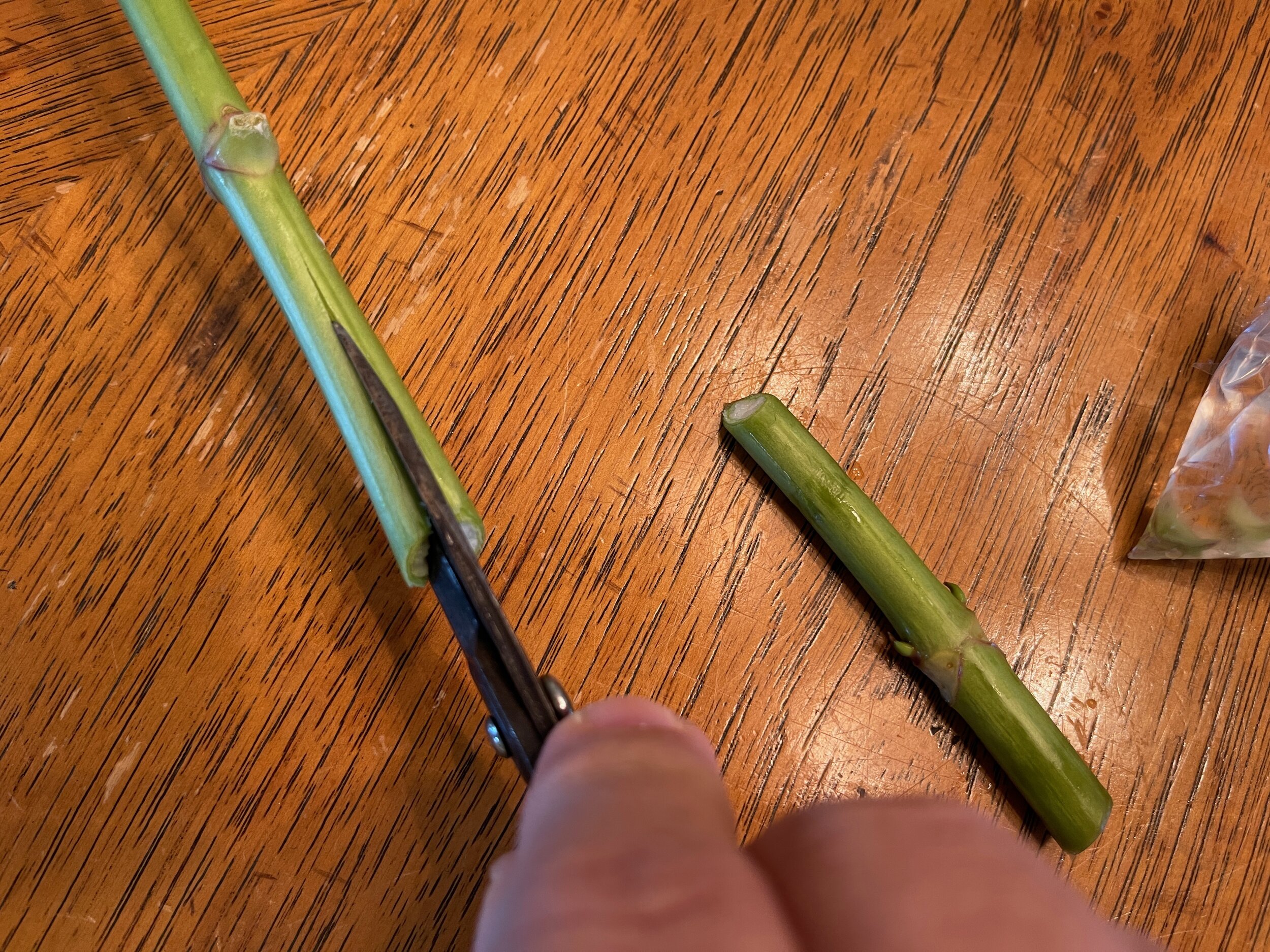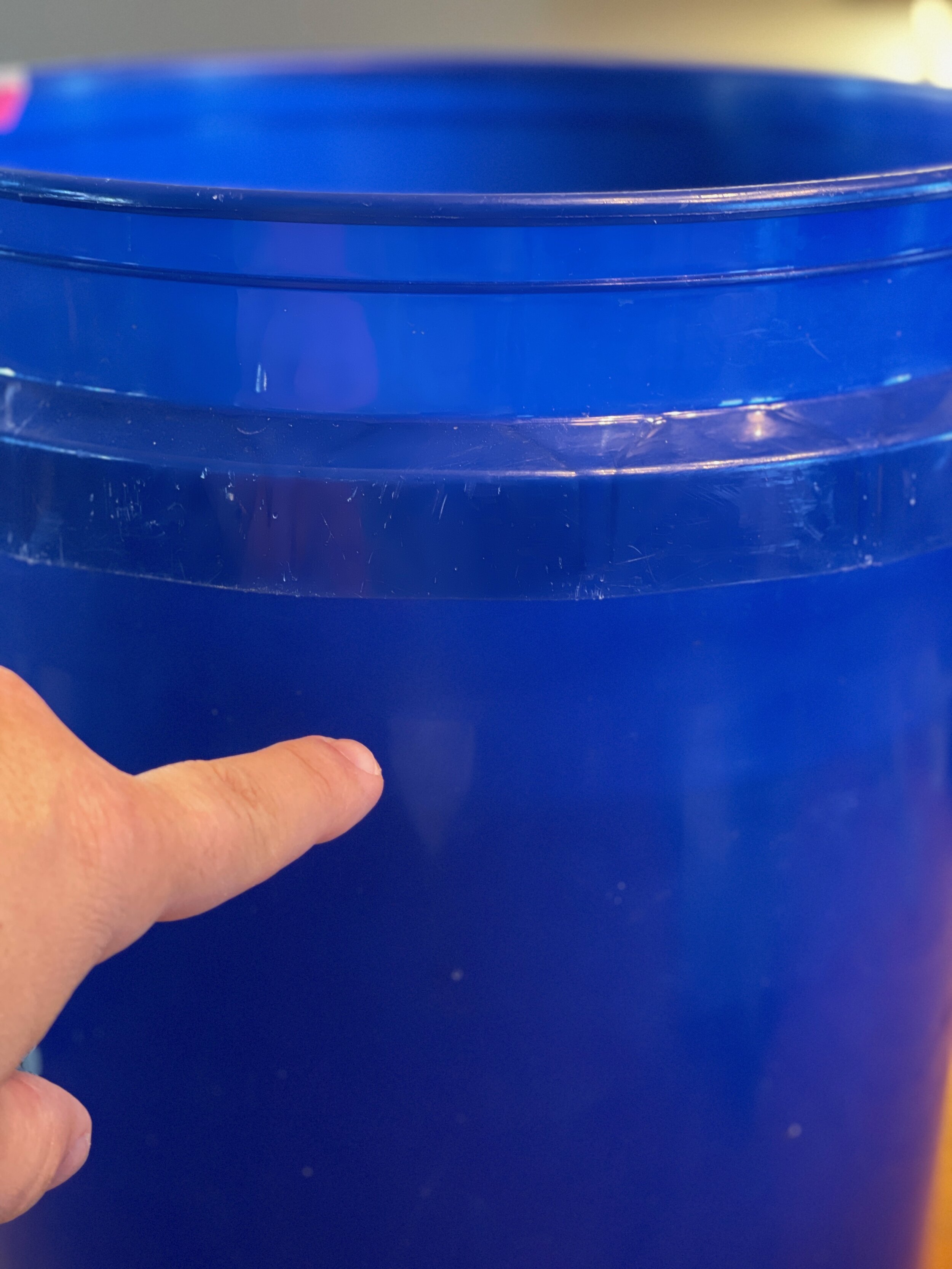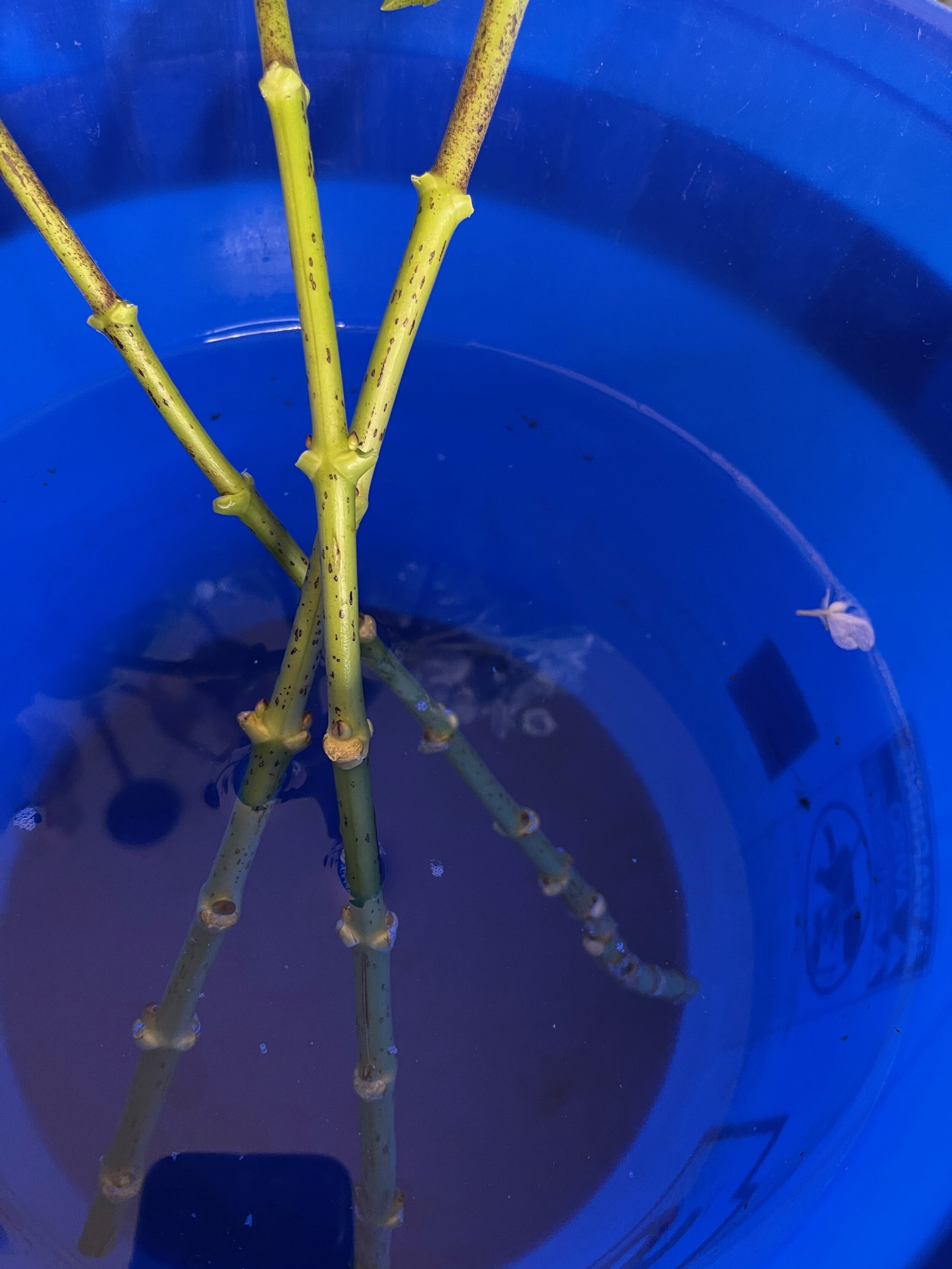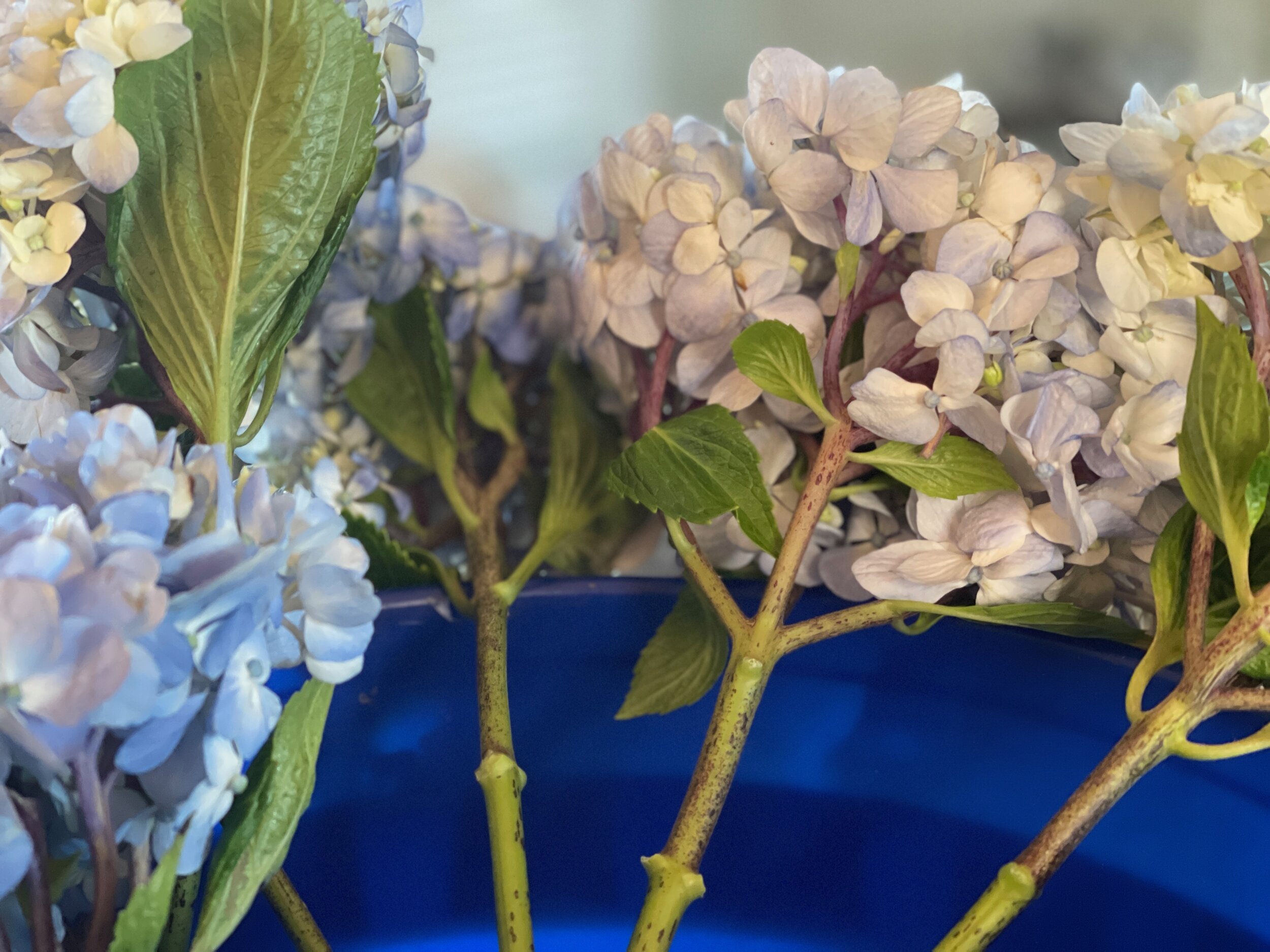Image courtesy of Onings America
In my 30 years of sourcing flowers, lilies have consistently stood out to me. Their variety, vivid colors, and distinct fragrances have made them a favorite in my work. The range of lilies is remarkable. From vibrant reds and oranges to gentle pinks and creams, their colors add depth and beauty to any arrangement. But what sets lilies apart for me is their fragrance. Each type of Oriental lily has its own scent profile, but if you prefer no fragrance, Asiatic lilies contain a wide range of color providing a vibrant impact while basically being free from scent.
Recently, I had the pleasure of chatting with Henk Onings from Onings America in two insightful episodes. In the first episode, we dove deep into the world of lilies and freesia, exploring their cultivation in detail. To complement our discussion, we’ve added a couple of guides to our blog with this one focusing on lilies.
A huge thank you to Onings America for sharing their expertise in "Cultivation of Lilies" with us. Don’t miss both episodes with Henk—available now on your favorite podcast platform. This guide is a first look at everything you need to know about growing and handling lilies, from setting up your greenhouse to selecting the perfect varieties, and from harvesting to ensuring the best post-harvest care. Whether you're a florist, a cut flower farmer, or simply a lily enthusiast, this resource offers a comprehensive, yet friendly, insight into getting the most out of these stunning blooms.
With expert advice straight from Onings America, this guide will help you elevate your lily game and fully appreciate the splendor these flowers bring to every arrangement. We’re thrilled to share this with you before it appears anywhere else—so let’s get started!

Thank you for being a part of our community. It was a joy to share Henk Onings' insights on lilies, and I encourage to check out the Step by Step to Growing Freesia. We’re grateful to Onings America for their generosity in providing the "Cultivation of Lilies" guide and for their valuable contributions to our podcast. I hope these resources inspire and assist you in your growing endeavors. Don’t forget to listen to both episodes with Henk on your favorite podcast platform or his guest page.
Your support makes it all possible, and I’m excited to continue this journey with you!
